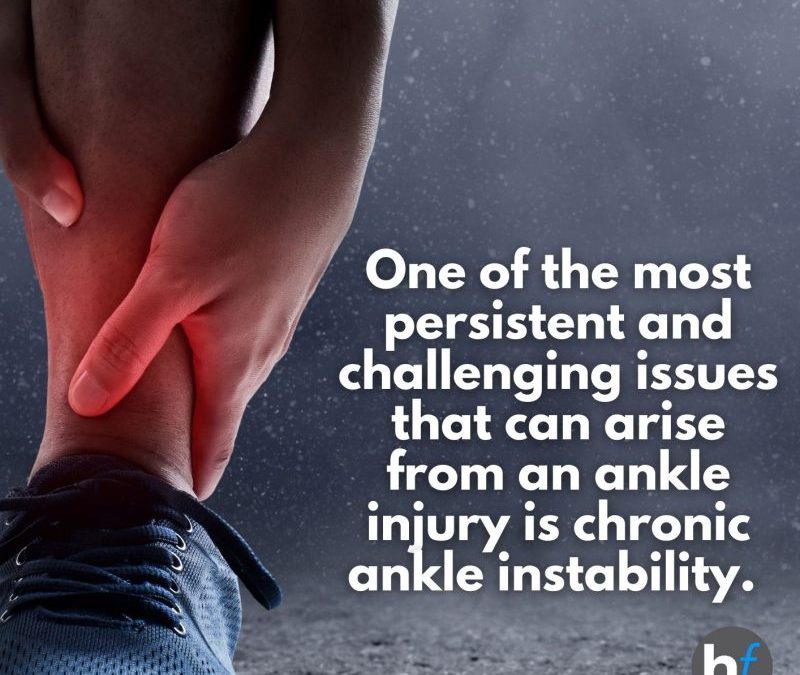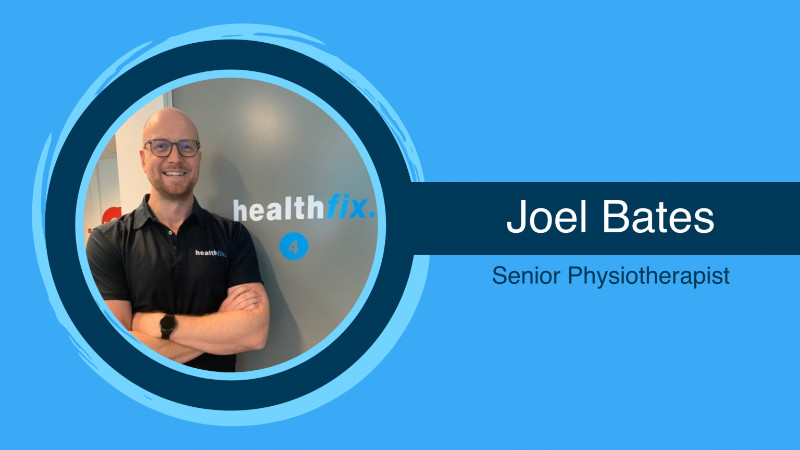
by Ash Cooney | Conditions, Latest News, Physiotherapy
Welcome to the first instalment of our blog series on injury prevention and recovery at HealthFix. In this blog, we’ll focus on a critical aspect of your well-being: ankle health. Whether you’re an athlete aiming for peak performance or someone seeking to...

by Ash Cooney | Promotions
Train for FREE in 2023! January gym membership offer for new clients in North Sydney. Is this your year to tackle that health issue, that niggle, that “thing” that stops you from doing and being the person you want to be? Are you ready to get started with...
by Ash Cooney | Latest News, Physiotherapy, Promotions
You are invited! Early in his career Sean identified that the health care approach of finding and focusing on problems was only leading to people feeling fear and limitations from conditions they were diagnosed with and being more reliant on therapists for maintenance...

by admin | Healthfix Team, Latest News, Physiotherapy
To think that only 9 years ago, only 4 of us were huddled into a corner of Anytime Fitness down in McMahon’s point, pondering where this thing called Healthfix could end up. I always admired Sean’s vision and determination to ultimately have a facility full of great...

by admin | Conditions, Latest News, Physiotherapy
Shoulder pain is a common physical occurrence. Your shoulder is a complex, highly mobile structure made up of several components. When considering the shoulder you need to think about the collarbone connecting to your chest, the collarbone connecting to the...





